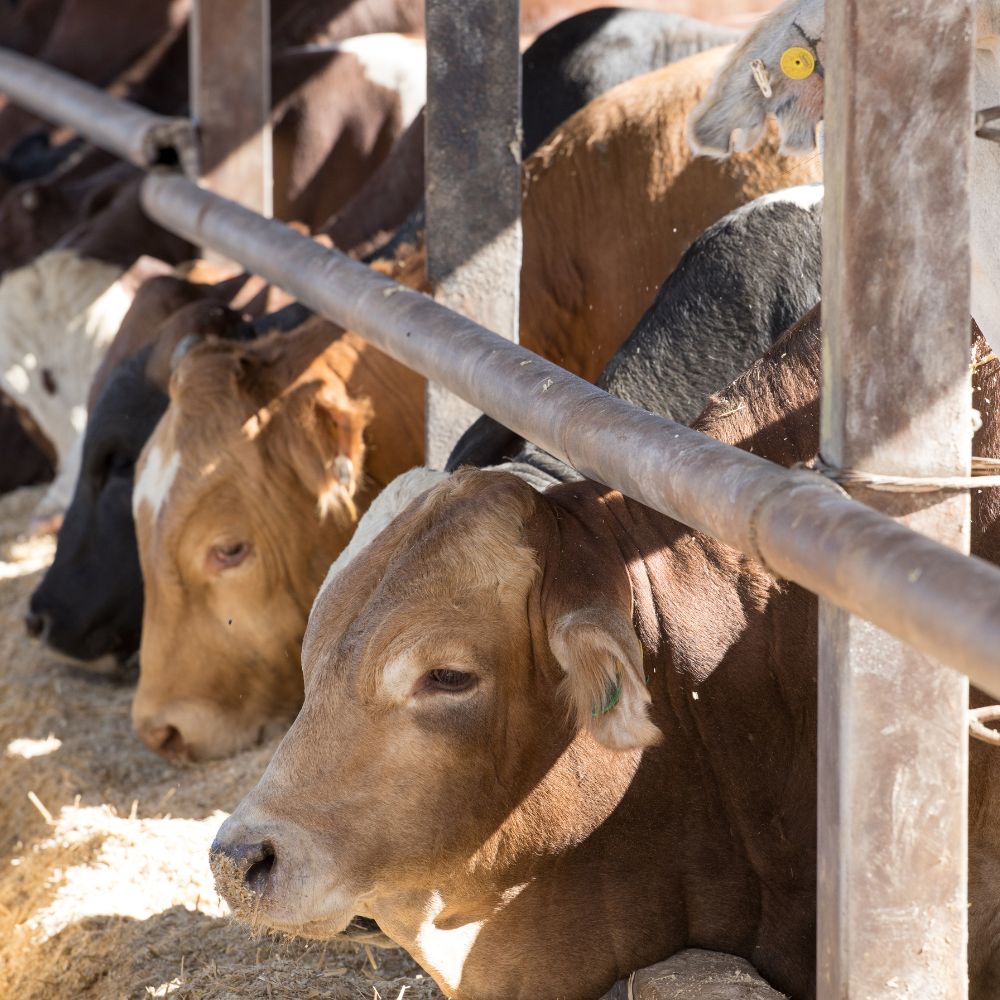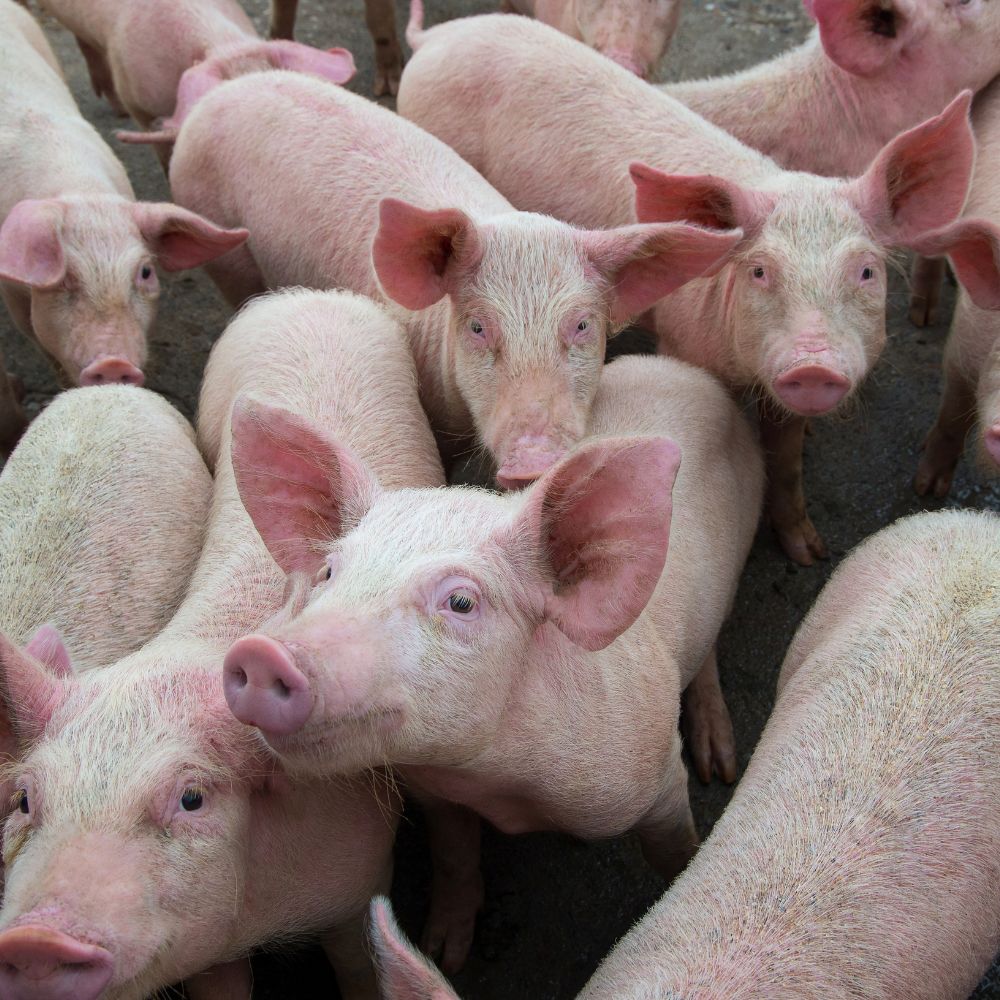The Ultimate Guide To Bagley Risk Management
The Ultimate Guide To Bagley Risk Management
Blog Article
Everything about Bagley Risk Management
Table of ContentsThe Basic Principles Of Bagley Risk Management Little Known Facts About Bagley Risk Management.Bagley Risk Management - The FactsAn Unbiased View of Bagley Risk ManagementFascination About Bagley Risk ManagementGetting My Bagley Risk Management To Work
When your contract reaches its end date, the last rate is determined utilizing the CME Feeder Livestock Index. If the index falls listed below your contract's protection price, you may be paid the distinction.Livestock Risk Security (LRP) is a USDA subsidized insurance coverage program that assists shield manufacturers from the dangers that originate from market volatility. With LRP, producers are able to guarantee a flooring cost for their livestock and are paid an indemnity if the market value is lower than the insured rate.
This item is meant for. What is LRP.
The Only Guide to Bagley Risk Management

In the last number of months, several of us at FVC and PCM have gotten concerns from producers on which danger administration device, LRP vs. Futures, is much better for a pork manufacturer? Like a lot of devices, the answer depends upon your operation's objectives and circumstance. For this edition of the Dr.'s Edge, we will certainly take a look at the circumstances that tend to favor the LRP device.
In Mike's evaluation, he compared the LRP calculation versus the future's market close for each and every day of the past 20 years! The portion expressed for every month of the given year in the first area of the table is the percentage of days because month in which the LRP estimation is reduced than the futures close or in various other words, the LRP would possibly compensate more than the futures market - https://peatix.com/user/20934956/view. (Livestock risk protection)
As an instance, in January 2021, all the days of that month had LRP possibly paying more than the futures market. On the other hand, in September 2021, all the days of that month had the futures market possibly paying more than LRP (no days had LRP lower than futures close). The propensity that dawns from Mike's analysis is that a SCE of a LRP has a higher possibility of paying a lot more versus futures in the months of December to Might while the futures market has a greater chance of paying extra in the months of June to November.
Top Guidelines Of Bagley Risk Management

As an instance, in 2019, LRP was much better or within a $1. Table 2 illustrates the average basis of the SCE LRP calculations versus the future's close for the given time frames per year.
Once again, this information supports a lot more likelihood of an SCE of a LRP being much better than futures in December via May for a lot of years. As a typical care with all evaluation, previous efficiency is NO assurance of future efficiency! Likewise, it is important that manufacturers have accounting protocols in position so they recognize their price of manufacturing and can better identify when to use threat administration tools.
All About Bagley Risk Management
Some on-farm feeders may be pondering the demand for cost defense currently of year on calf bones maintained with the intent to feed them to a coating weight sometime in 2022, utilizing available feed resources. Despite strong fed livestock costs in the existing regional market, feed prices and current feeder calf bone values still make for tight feeding margins moving on.
23 per cwt. The current average public auction rate for 500-600 pound guides in Nebraska is $176 per cwt. This suggests a break-even cost of $127. 57 for the 1,400-pound steer in July of 2022. The June and August live cattle agreements on the CME are presently trading for $135. 58 and $134.
Cattle-feeding business tend to have limited margins, like many agricultural business, because of the affordable nature of business. Livestock feeders can bid a lot more for inputs when fed livestock costs increase. https://issuu.com/bagleyriskmng. This increases the cost for feeder livestock, in particular, and somewhat raises the prices for feed and other inputs
Bagley Risk Management Fundamentals Explained
Nebraska livestock are close to significant handling centers. As an outcome, basis is positive or absolutely no on fed livestock across much of the state.
Only in 2020 did the LRP coverage cost exceed the ending worth by enough to cover the costs expense. However, the internet impact of having this LRP protection in 2019-20 was significant, including $17. 88 per cwt. to the lower line. The result is a positive average web result over all five years of $0.
37 The manufacturer costs declines at reduced insurance coverage degrees but so does the insurance coverage price. The result is a lower net outcome (indemnity costs), as coverage degree declines. This shows lower reliable levels of security. Because manufacturer costs are so reduced at lower protection degrees, the manufacturer loss proportions (indemnity/premium) increase as the protection degree decreases.
Not known Factual Statements About Bagley Risk Management
Generally, a producer should look at LRP coverage as article a system to safeguard output price and subsequent earnings margins from a threat administration perspective. Nevertheless, some producers make a situation for insuring at the lower degrees of protection by focusing on the decision as an investment in threat monitoring defense.

Report this page